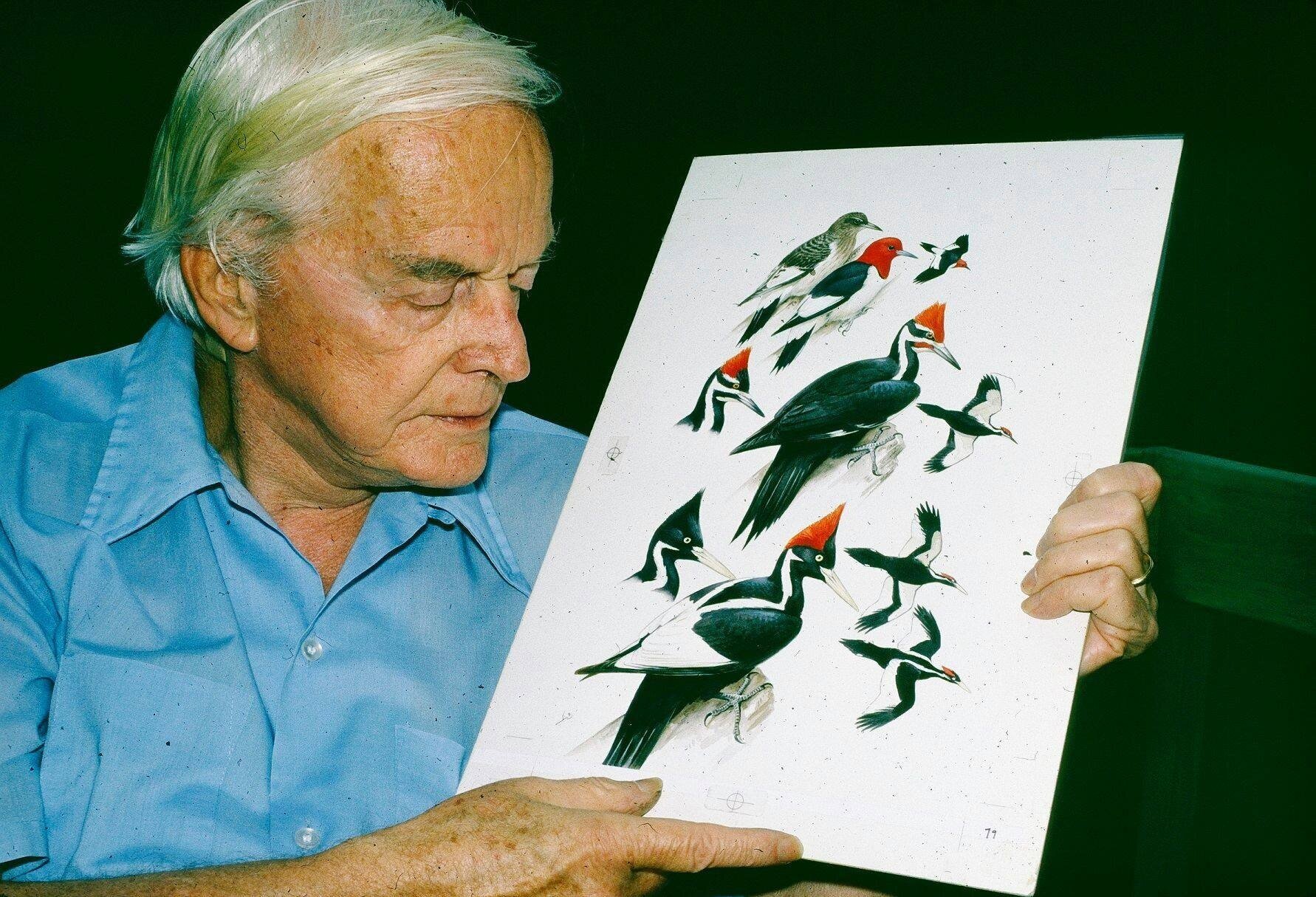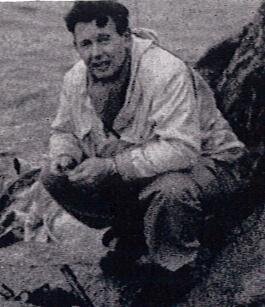Wild America
In April 1953, two renowned naturalists met together and commenced on a 100 day, 30,000 mile sprint around the United States. Artist, author and ornithologist Roger Tory Peterson, of Peterson’s Bird Guide fame, and James Fisher, a British author and naturalist, made famous for his BBC Radio series “Birds of Britain”, traveled the perimeter of the country, dipping their toes into Mexico and extending their wings into Alaska and Canada, in order to see as many birds as they could in their short time together, along with documenting rare species by still or video film. The book Wild America is the co-written memoir of their trip, filled with their observances and a touch of historical data for reference.
The pair of naturalists met the previous year, and through continued discussion, the idea was hatched. A quick circuit around the country, visiting places and habitats that would show Fisher the vastness and variety of the outdoor world here in America. Their adventure started in Newfoundland, worked its way down the East Coast to Florida, across the Gulf Coast to Texas, south into Mexico, then alternating from the Rockies and the West Coast up to Washington, where a quick plane trip put them into Alaska to end their trip together. Wild America includes many observations, both of the natural areas they traveled through and the differences between European and American birds and birding. The book is structured where both authors contribute to each chapter, typically being introduced and summarized by Peterson, with the main mass of the chapter taken from Fisher’s journal entries. The two writing styles, while unique, blend together well throughout, with each author playing off the writing of the other. Like every book, there are some slower moments, and some of the details listed – if you are not interested in the subject at hand – can seem to drag on for a while. But overall, the story flows easily and kept me intrigued throughout.
I will admit, I am a huge fan of Roger Tory Peterson and have been since I was a kid, which was my main driving force to read this book. Without that drive, I am not quite sure I would have picked this one off the bookshelf, as the book itself looks simple, but I am glad I did. While I have many other books on the TBR to get to first, I will most likely circle back to this book at some point. I also intend to read Scott Weidensaul’s recreation of the trip in Return to Wild America. But if you are interested in birds, our natural environment, or the ecological history of our country, I highly recommend Wild America.
I will leave you with a few of my favorite quotes from the book. Until next time, remember to always Spin the Compass.
Most visitors to America see only the cities. They are shown New York with its skyscrapers, Detroit with its acres and acres of cars in the parking lots outside the General Motors plant – these and other evidences of modern materialism. Few are aware of another side of the continent as expressed in National Parks, National Nature Monuments, Fish and Wildlife Refuges, Audubon Sanctuaries, and other endeavors that fall under the category of “natural conservancy. (RTP, pp. 2-3)
But Thoreau seems to have left Walden. Perhaps he will come back again to the quiet pond, where he watched and wondered – one day. Or are there too many people, too many cars on the road? The woods are still there, and the same animals and plants – most of them, anyway – but he would no longer find the seclusion he treasured. (JF, p. 30)
Except for bird watching, what greater pleasure is there than eating? (RTP, p. 159)
“I hope you Americans will always hold on to these primitive areas,” said James, thoughtfully. “We would give our souls to have some of them on our side of the Atlantic. You cannot realize until you are as crowded as we are how important wilderness values are.” Yes, I thought, as we reached the car; they are a spiritual necessity. The need for wilderness is in most men; there is a strong craving for naturalness in a high-pressure world. That is why our parks have the passionate backing of hundreds of thousands of organized and ardent conservationists, who, as Freeman Tilden puts it, “swarm forth like wasps when someone throws stones at the nest.” (RTP, p.225)
We have so much to learn and so little time to learn it in. (JF, p.418)
(Disclaimer: I bought this book with my own hard-earned money, at full price, from a local bookstore. All opinions expressed are mine.)




